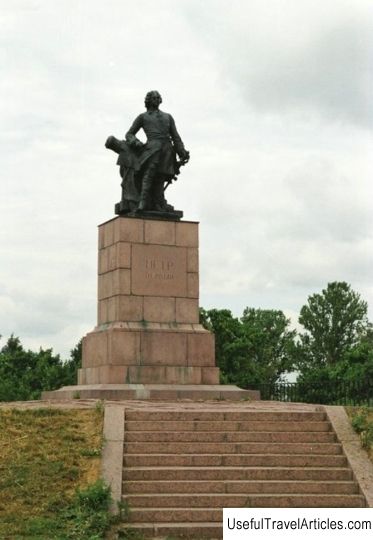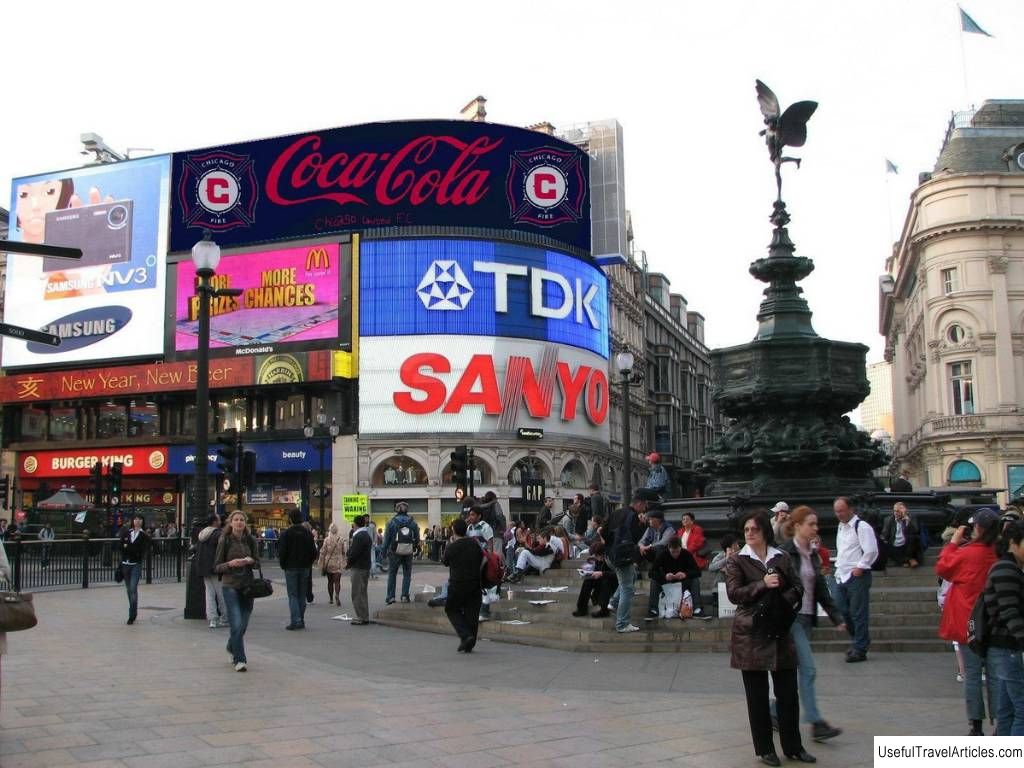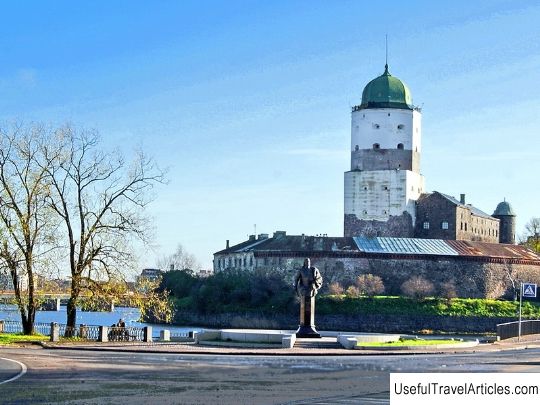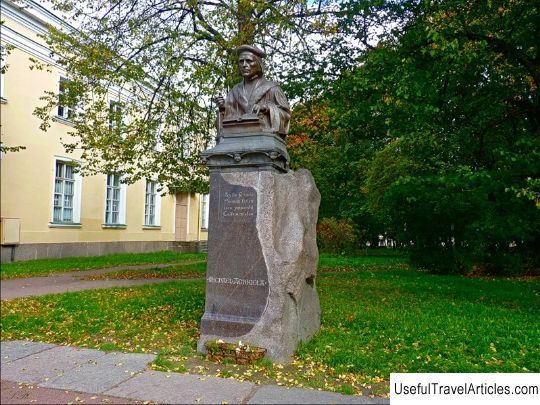Monument to Torgils Knutsson description and photos - Russia - Leningrad region: Vyborg
Rating: 9,2/10 (1613 votes) 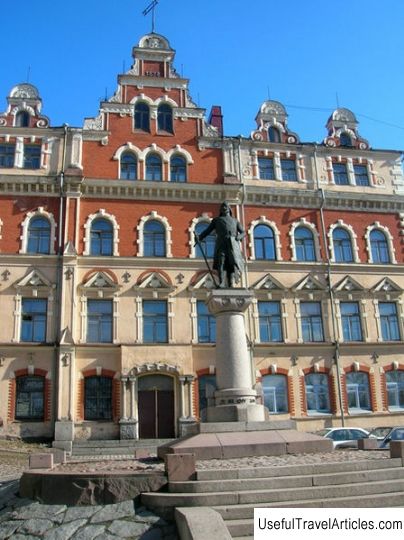
Monument to Torgils Knutsson description and photo - Russia - Leningrad region: Vyborg. Detailed information about the attraction. Description, photos and a map showing the nearest significant objects. Photo and descriptionIn Vyborg, on the Old Town Hall square, there is a monument to the founder of the city, Marshal of Sweden Torgils Knutsson. This monument was the first in the city. The bronze sculpture was designed by Ville Wallgren in October 1908. It stood for 40 years, and then was dismantled in 1948. The monument was badly damaged, but did not undergo any further remelting. The monument to Knutsson was restored in 1993. 2 years later, it was recognized as a cultural heritage site, but it was not included in the register. The installation of the monument was initiated by a resident of Vyborg, amateur historian, architect Jacob Arenberg (1847 -1914). He made a huge contribution to the restoration of the Vyborg Castle, helped to ensure that the history of the city was not only documentary, but also a certain romantic character. Arenberg was absolutely confident in the historical correctness of the installation of the Knutsson monument, considered it extremely important to preserve the local history. Arenberg met the sculptor Walgren when he was looking for work. He consulted with friends and decided to order a sculpture of Knutsson from him. The architect's work was valued at 2,200 marks. At a literary meeting held in December 1884, fundraising for the construction of the monument began. Then they collected only 300 marks. Jacob Arenberg drew up a project for the reconstruction of the square free of charge. Then he did a truly colossal job, measuring the ancient buildings of the city. After reaching out to the public, Arenberg raised more money, and Wallgren began work on a model of the monument. The first model quickly fell into disrepair - the clay cracked and cracked. The architect set to work on a new one, the cost of which was much higher than the previous one. This was only the first problem. The proposal to erect a monument to the Swede-conqueror in Vyborg met with sharp opposition from the military commandant of the city, Major General M.L. Dukhonin, who, albeit not so vehemently, was supported by Governor-General Heiden. The newspapers of those times wrote a lot about the installation of the Knutsson monument. Ville Walgren returned to Paris. There he continued to work on the monument in his workshop on the rue Faubourg Saint-Honore. By 1887 the preparatory work was completed, and in 1888 the plaster cast was delivered to the customer in Vyborg. There he was exhibited at the local museum. Permission to erect the monument was never received. And the saddest thing is the requests of Arenberg and his associates became the basis for the decree of Emperor Alexander III to prohibit the construction of any monuments without the personal permission of the sovereign. The question began to be resolved positively only after the pharmacist Johann Casimir von Zweigberg, who bequeathed 167 thousand Finnish marks to the city, died in Vyborg. This transfer to the city treasury made it possible to create a special fund, the funds from which went to decorate Vyborg, and donate 30 thousand to the casting of the monument to Knutsson. Moreover, the 1905 strike distracted the government from petty concerns. The permission to erect the monument was given by the Emperor Nicholas II. The monument was cast in bronze in Paris under the direct supervision of Walgren. The architect Karl Segerstadt was invited to design the pedestal. Preparation of the Old Town Hall Square for the installation of the monument and reconstruction began in the spring of 1908. The opening of the monument to the founder of Vyborg took place on September 21, 1908. Immediately after this event, a controversy began in the press on this issue, during which, on the one hand, it was said that the monument was an insult to Russian national dignity, and on the other hand, that Knutsson is not an enemy of Russia, since he fought with the Novgorod Republic, which in his time was not yet part of Russia. 2 years later, a monument to Peter I was erected in the city. It rises on the side opposite to Knutsson. During the Great Patriotic War, the city more than once passed under the jurisdiction of the warring parties. The monument remained in the same place. But in 1948 he was removed from the square. Thirty years later, he was found in the barn of an accomplishment plant. It was transported to the Vyborg Castle Museum, where it was kept in the basements. Thanks to the funding of a charitable foundation, the monument was restored in 1991. The work was carried out by the architect I. Kacherin, the sculptor V. Dimov, granitechik M. Safonov. The monument to the 700th anniversary of the Vyborg Castle has been reopened.     We also recommend reading T. V. Maslennikov Art Museum description and photos - Belarus: Mogilev Topic: Monument to Torgils Knutsson description and photos - Russia - Leningrad region: Vyborg. |
